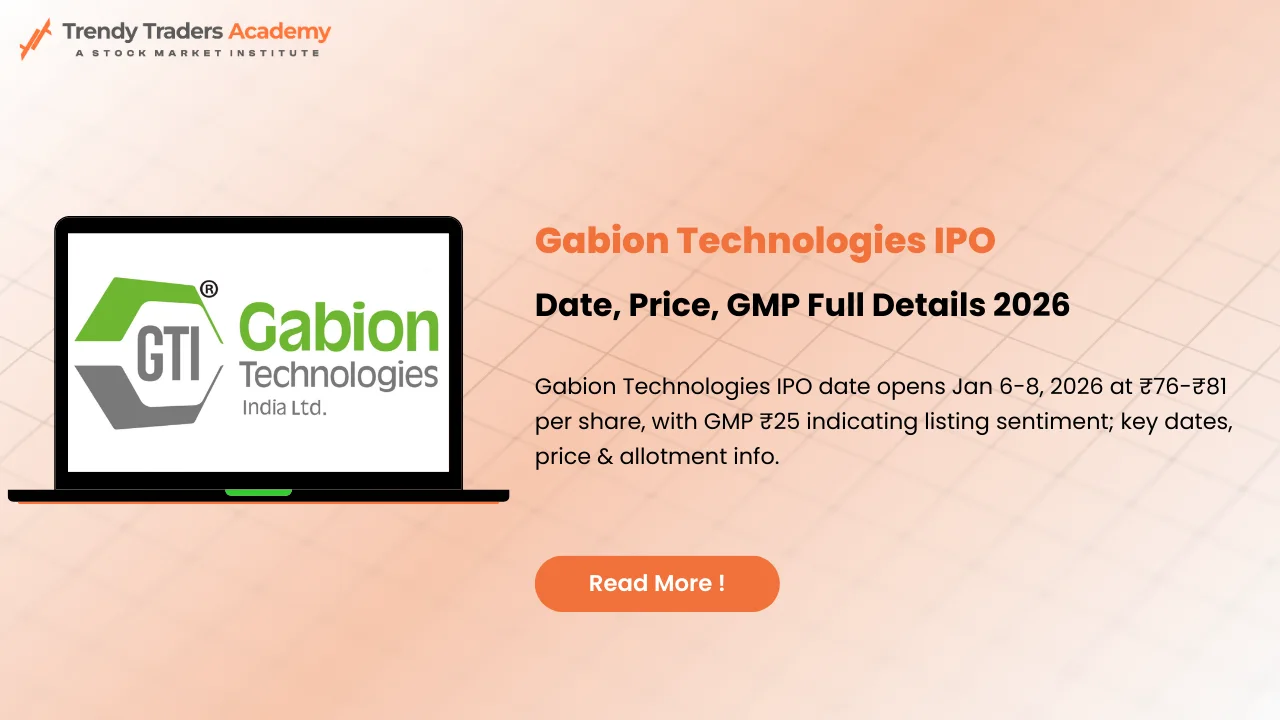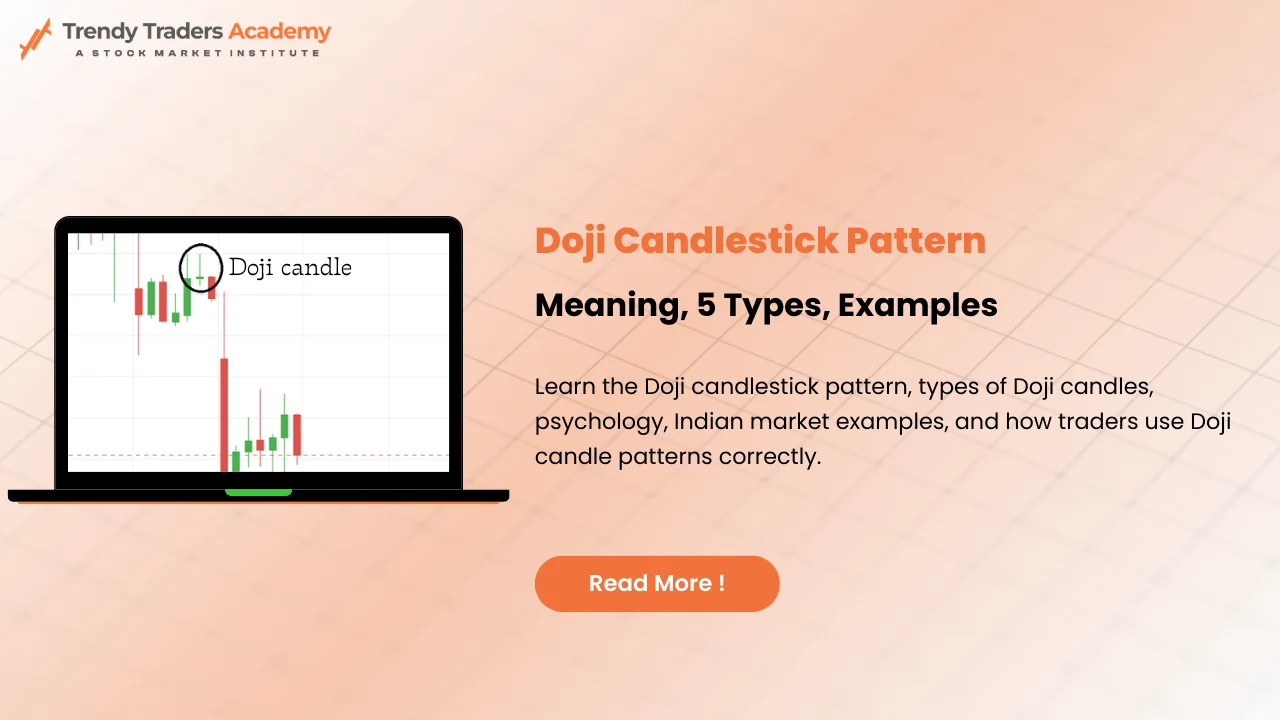
How Many Sectors Are There in Indian Stock Market?
Have you ever wondered How many sectors are there in Indian stock market? In the Indian stock market twenty distinct major sectors organize vital industries for specific representation. Traditional banking alongside agriculture joins modern technological domains such as IT and renewable energy compositions the diverse list of sectors within the Indian stock market. This complete breakdown contains every important sector to prevent oversight:
Indian Stock Market Sectors List: Detailed Breakdown
Detailed Analysis of All Sectors in the Indian Stock Market
About 20 distinct sectors unite to form the diverse structure of the Indian stock market which operates dynamically. The 20 major sectors of the Indian stock market actively contribute to national economic advancement while simultaneously influencing market developments and providing potential investment options. The following article provides extensive coverage of every industry sector:
1. Banking and Financial Services
- Overview:The banking sector contains three subparts which include private banks alongside both public banks and non-banking financial companies (NBFCs). Additionally insurance firms complete this sector. As a vital structure the financial system operates throughout India.
- Key Drivers:
- Increasing credit penetration in rural and urban areas.
- Adoption of digital banking technologies like UPI and mobile banking.
- Financial inclusion initiatives by the government.
- Challenges:
- Non-performing assets (NPAs) and regulatory pressures.
- Interest rate fluctuations impacting profitability.
- Investment Outlook: High growth potential due to economic expansion and digital transformation.
2. Information Technology (IT)
- Overview: The IT outsourcing division of this global company provides expert services that include software development and cloud computing solutions and artificial intelligence expertise.
- Key Drivers:
- Rising demand for digital transformation solutions.
- Export-oriented business model targeting North America and Europe.
- Innovations in blockchain and cybersecurity.
- Challenges:
- Talent shortages and rising wage costs.
- Exposure to global economic cycles.
- Investment Outlook: Promising, with long-term growth driven by technological advancements.
3. Pharmaceuticals and Healthcare
- Overview: India provides pharmaceutical products to domestic healthcare requirements in addition to foreign markets and delivers hospital and diagnostic services and biotech offerings to citizens.
- Key Drivers:
- Increasing healthcare awareness and spending.
- High demand for generic medicines and vaccines globally.
- R&D investments in innovative drugs.
- Challenges:
- Regulatory scrutiny and pricing pressures.
- Dependence on global partnerships for growth.
- Investment Outlook: Stable and strategic, given India’s role as the pharmacy of the world.
4. Automobile and Ancillaries
- Overview: Manufacturers who make vehicles together with auto-component producers form part of this sector. The automotive industry is undergoing significant change because customers embrace electric vehicles.
- Key Drivers:
- Rising urbanization and disposable incomes.
- Government incentives for EV adoption under schemes like FAME.
- Export opportunities for auto components.
- Challenges:
- Volatility in raw material costs.
- Demand fluctuations due to fuel price changes.
- Investment Outlook: Exciting, especially with the growing focus on EVs.
5. Fast-Moving Consumer Goods (FMCG)
- Overview: The category FMCG consists of food and drink together with personal care solutions as well as home products that serve frequent consumer needs.
- Key Drivers:
- Expansion into rural markets.
- Brand loyalty and premium product offerings.
- Population growth driving demand.
- Challenges:
- Intense competition and pricing wars.
- Dependence on distribution networks.
- Investment Outlook: Steady returns due to consistent consumer demand.
6. Oil, Gas, and Energy
- Overview: The sector includes operations from petroleum refining aligned with natural gas exploration and renewable energy facilities.
- Key Drivers:
- Rising energy demand as the economy grows.
- Government focus on clean energy and efficient distribution.
- Investments in refining and exploration infrastructure.
- Challenges:
- Dependency on crude oil imports.
- Volatile global oil prices.
- Investment Outlook: Diverse, with renewable energy gaining momentum.
7. Metals and Mining
- Overview:This section includes analysis of both steel and aluminum alongside copper and industrial minerals which do not contain iron.
- Key Drivers:
- Demand for steel and aluminum in construction and manufacturing.
- Rising commodity prices globally.
- Government-driven infrastructure projects.
- Challenges:
- Environmental regulations and sustainability concerns.
- Cyclical nature tied to global economic trends.
- Investment Outlook: Cyclical but rewarding during economic upswings.
8. Real Estate and Construction
- Overview: Properties for living and working purposes join forces with infrastructure developments which include road networks and aviation operations and port facilities.
- Key Drivers:
- Urbanization and affordable housing initiatives.
- Smart city projects and government funding.
- Rising demand for commercial real estate in metros.
- Challenges:
- Regulatory delays and financing issues.
- High capital requirements.
- Investment Outlook: Promising for long-term investors.
9. Telecommunications
- Overview: Indian connectivity together with technological progress is driven by mobile network providers and broadband services along with satellite communication systems.
- Key Drivers:
- Adoption of 5G technology.
- Rising smartphone penetration in rural and urban areas.
- Affordable data plans driving digital consumption.
- Challenges:
- Capital-intensive investments in infrastructure.
- Intense competition and price wars.
- Investment Outlook: Growth-oriented, with potential from digital expansion.
10. Consumer Durables
- Overview: The overview sector comprises domestic items and electronic devices with luxury items that indicate both economic strength and market tastes.
- Key Drivers:
- Rising disposable incomes and changing consumer preferences.
- Technological advancements in smart appliances.
- Seasonal demand during festivals and marriage seasons.
- Challenges:
- Cost pressures due to rising raw material prices.
- Dependence on consumer sentiment and economic stability.
- Investment Outlook: Stable growth backed by technological advancements.
11. Chemicals
- Overview: The sector contains specialty chemicals and petrochemicals and agrochemicals in addition to industrial chemicals which provide utility throughout different sectors.
- Key Drivers:
- Export opportunities for specialty chemicals.
- Rising demand in agriculture and pharmaceuticals.
- Innovation in sustainable chemical production.
- Challenges:
- Environmental regulations and raw material costs.
- Investment Outlook: High growth potential, especially in specialty chemicals.
12. Power and Utilities
- Overview: Power generation alongside distribution systems along with renewable energy ventures form the foundation for supplying electricity to residential and industrial sectors.
- Key Drivers:
- Capacity expansion in renewable energy.
- Government policies promoting clean energy.
- Rising demand for electricity in urban and rural areas.
- Challenges:
- High capital requirements for infrastructure development.
- Regulatory hurdles in energy distribution.
- Investment Outlook: Promising, with renewable energy as a key focus.
13. Media and Entertainment
- Overview: The overview segment consists of television production facilities together with film studios and digital streaming services and advertising corporations.
- Key Drivers:
- Rapid digitization and growth of OTT platforms.
- Rising consumer spending on entertainment.
- Expansion into regional and international markets.
- Challenges:
- Piracy and intellectual property concerns.
- Dependence on advertising revenue.
- Investment Outlook: Dynamic, with opportunities in digital media.
14. Aviation
- Overview:The aviation industry together with airport management and support services operates as a single unit that engages in passenger expansion activities.
- Key Drivers:
- Rising middle-class travel demand.
- Expansion of airport infrastructure.
- Government policies supporting aviation growth.
- Challenges:
- High operational costs and fuel price volatility.
- Intense competition among airlines.
- Investment Outlook: Promising, with long-term growth potential.
15. Defense
- Overview: The entity concentrates its operations on defense equipment creation alongside aerospace systems development together with essential national security systems.
- Key Drivers:
- Government initiatives for indigenous manufacturing.
- Export opportunities for defense equipment.
- Rising defense budgets.
- Challenges:
- High R&D costs and long development cycles.
- Investment Outlook: Strategic, with opportunities in innovation.
16. Textiles and Apparel
- Overview: Spans fabric production, garment exports, and domestic retail markets.
- Key Drivers:
- Rising demand for Indian textiles globally.
- Innovation in sustainable and technical textiles.
- Government incentives for textile exports.
- Challenges:
- Competition from global players.
- Dependence on raw material availability.
- Investment Outlook: Stable, with export-driven growth.
17. Retail and E-commerce
- Overview: The sector contains both brick-and-mortar stores and virtual shopping platforms that sell multiple consumer products.
- Key Drivers:
- Rising digital penetration and consumer spending.
- Expansion of logistics and supply chain networks.
- Growth in tier-2 and tier-3 cities.
- Challenges:
- Intense competition among e-commerce platforms.
- Dependence on consumer sentiment.
- Investment Outlook: High growth potential, driven by digitization.
18. Tourism and Hospitality
- Overview: The tourism industry consists of travel agencies with hotels ranging from basic to luxurious which demonstrate national and international visitor movement patterns.
- Key Drivers:
- Rising disposable incomes and travel aspirations.
- Expansion of infrastructure for tourism.
- Government initiatives promoting cultural tourism.
- Challenges:
- Seasonal demand fluctuations.
- Dependence on global travel trends.
- Investment Outlook: Promising, with opportunities in luxury and eco-tourism.
19. Agriculture and Allied Services
- Overview: The farming sector together with irrigation serves as one component of this overview which also includes agro-processing and rural development services.
- Key Drivers:
- Rising demand for food security and agro-products.
- Government subsidies and support for farmers.
- Innovation in irrigation and farming technologies.
- Challenges:
- Dependence on monsoon and weather conditions.
- Price volatility in agricultural commodities.
- Investment Outlook: Stable, with opportunities in agro-tech.
20. Infrastructure
Overview: Road development together with railway construction and airport development with port establishment and industrial corridor expansion form the core activities in this sector. Through its fundamental connection capabilities this sector directly supports industrial growth.
Key Drivers:
Government-led infrastructure initiatives like Bharatmala and Sagarmala.
Private-public partnerships for large-scale projects.
Urbanization and smart city developments are driving demand.
Challenges:
High capital requirements and long project timelines.
Delays in regulatory processes together with problems regarding land procurements.
Investment Outlook: Infrastructure stands as an attractive investment zone because India dedicates resources to upgrade its connectivity infrastructure and logistics capabilities.
Top 10 Sectors in Indian Stock Market
Banking together with IT and pharmaceuticals represent the leading sectors of Indian stock market which drive both economic expansion and investor attraction. The banking and IT sectors remain in focus but the market also shows promising potential in chemical manufacturing and media businesses and aerospace industries and military defense fields and all of these falls under top 10 sectors in indian stock market.
Indian Stock Market Sectors List
To give a comprehensive view, here is the Indian stock market sectors list beyond the top 10:
Chemicals: Catering to agriculture and manufacturing.
Media and Entertainment: Dominated by digital transformation.
Power and Utilities: Focused on renewable energy projects.
Aviation: Expanding with passenger growth and fleet upgrades.
Defense: Supported by indigenous manufacturing initiatives.
Textiles together with Apparel play an essential role in job creation and export generation.
Retail and E-commerce: Driven by consumerism and digitization.
Tourism and Hospitality: Reflecting cultural and economic prosperity.
Conclusion
Investors who understand the sectors in Indian stock market can create strategies that select risks versus opportunities. The investor portfolios mainly consist of top 10 sectors in indian stock market; banking, IT and pharmaceutical industry sectors but alternative investments can be found in chemical and aviation and defense sectors. The latest Indian stock market sectors list provides investors with an extensive view of market structure development.
Also Read : Top 5 Best Indicators for Option Trading
FAQ'S
How many sectors are there in Indian stock market?
The Indian stock market consists of 12 primary sectors, including Financials, Information Technology, Healthcare, Energy, Consumer Goods, and more. Each sector represents a different segment of the economy, offering various investment opportunities.
What are the sectors in the Indian stock market?
The sectors in the Indian stock market include:
- Financials
- Information Technology
- Healthcare
- Energy
- Consumer Goods
- Industrials
- Materials
- Telecom
- Utilities
- Consumer Services
- Real Estate
- Basic Materials
Each sector plays a significant role in the overall economy and stock market trends.
What are the top 10 sectors in the Indian stock market?
The top 10 sectors in the Indian stock market, based on market performance and investor interest, are:
- Financials
- Information Technology
- Energy
- Healthcare
- Consumer Goods
- Telecom
- Industrials
- Materials
- Consumer Services
- Real Estate
These sectors are leaders in market capitalization and often attract significant attention from both domestic and international investors.
Where can I find a list of sectors in the Indian stock market ?
A complete list of sectors in the Indian stock market can be found on financial websites, stock exchanges like NSE and BSE, or through investment platforms. The list includes 12 main sectors, each with its respective sub-sectors.
Why is it important to understand sectors in the Indian stock market?
Understanding the different sectors in the Indian stock market helps investors diversify their portfolio, assess risk, and make informed investment decisions based on economic trends, sector performance, and market outlook.
How can I invest in different sectors of the Indian stock market?
How Many Sectors Are There in Indian Stock MarketYou can invest in sectors by selecting individual stocks within those sectors, mutual funds that focus on sector-specific investments, or Exchange-Traded Funds (ETFs) that track the performance of a particular sector.









